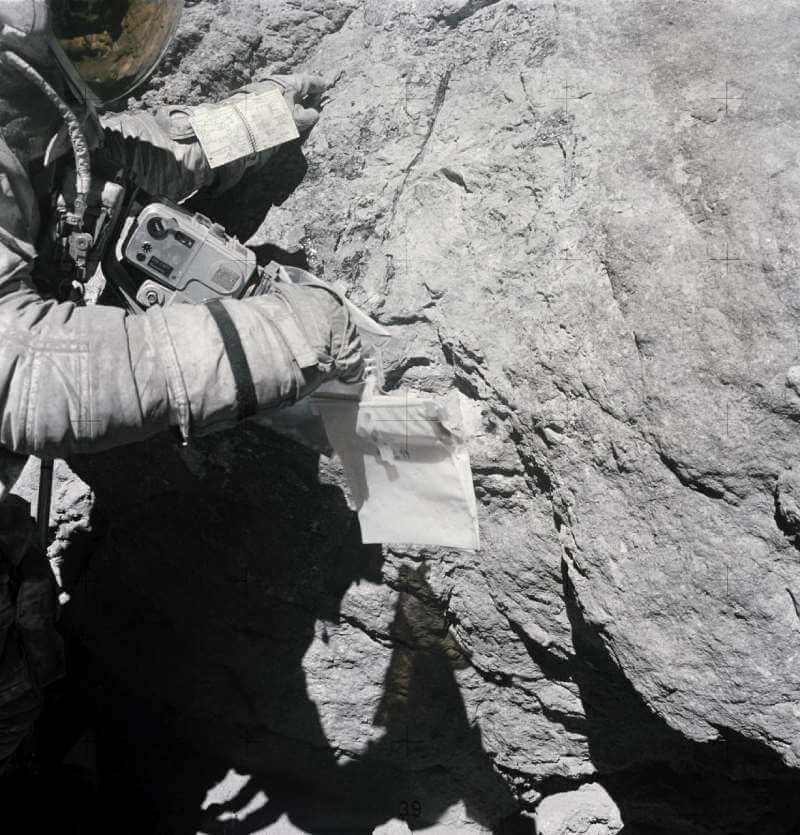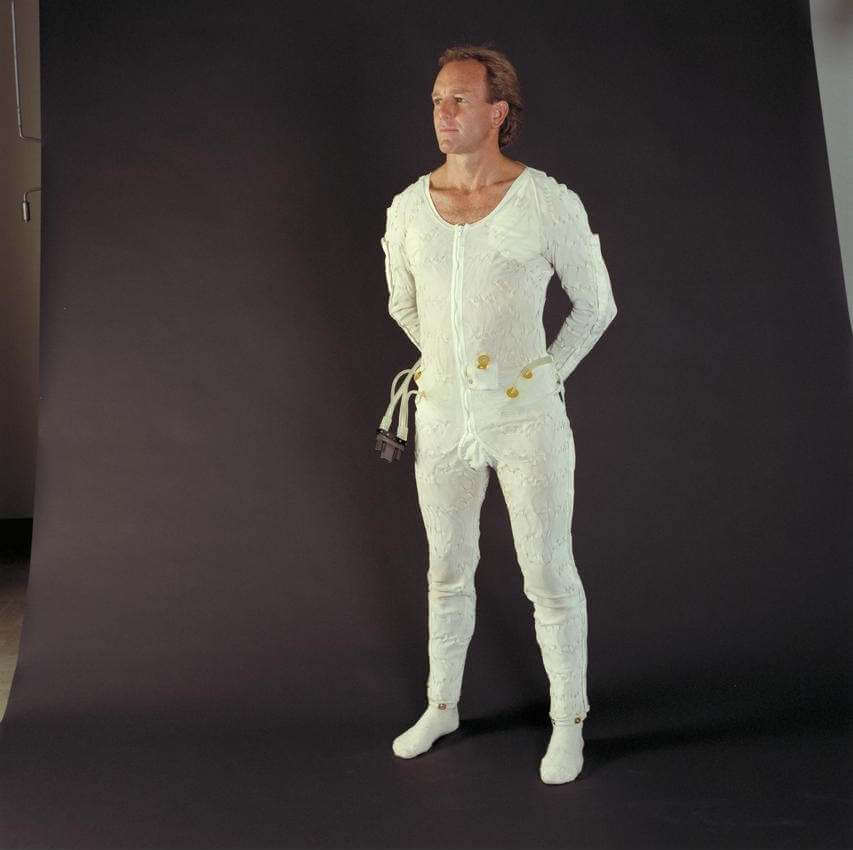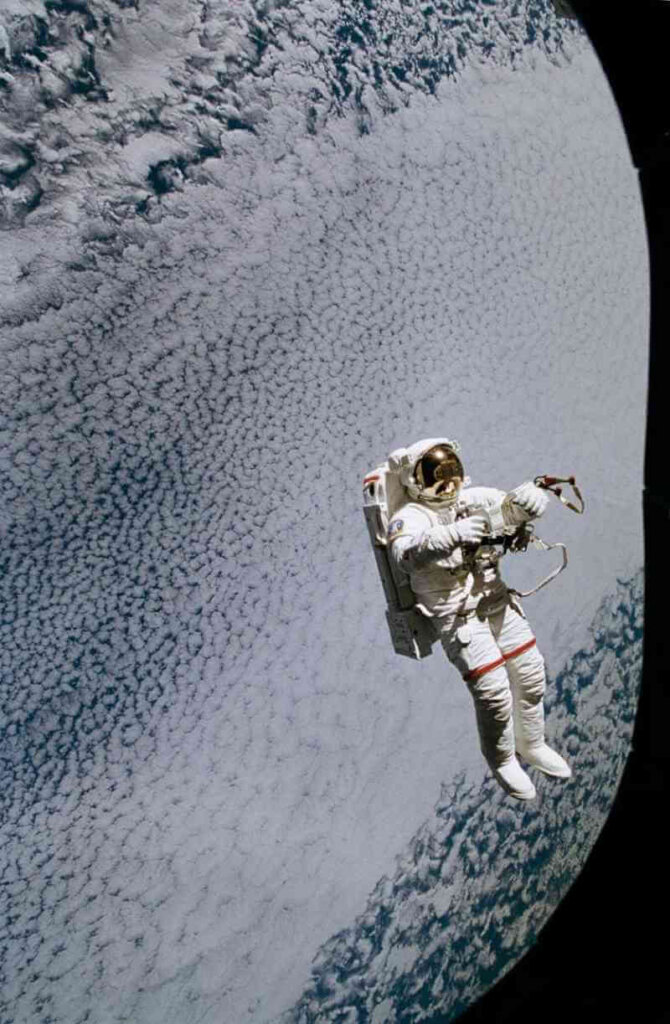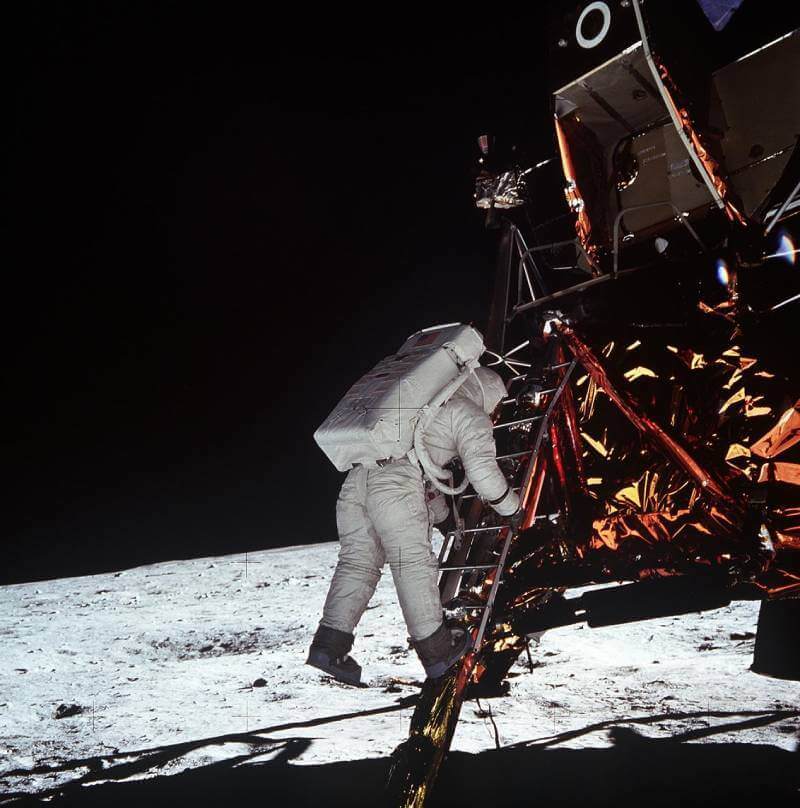Every trip to the Moon has been carefully planned to occur during lunar dawn when the Sun hasn’t had enough time to heat up the lunar surface. There is no atmosphere on the Moon, so there are no clouds or breeze to cool the ground while it’s exposed to sunlight. On Earth, our atmosphere keeps us protected from most of the Sun’s harmful rays, but it also serves as a shield from the intense heat. Without this important layer of protection, the Moon’s surface reaches well over 200 degrees Celsius (392 degrees Fahrenheit) while in the Sun.
The Challenges of Extreme Temperatures on the Moon
On the other side of things, the astronauts wouldn’t be able to conduct their missions during the lunar night due to a similar issue. Beyond it being too dark to efficiently survey the Moon’s surface, the lack of an atmosphere also means that there is nothing trapping in the heat that the Moon’s surface builds up during its time in the Sun. So, as soon as it gets dark, the surface starts to lose that heat, and it gets colder than Antarctica’s coldest ice caps, reaching below -200 degrees Celsius (-328 degrees Fahrenheit).
So, astronauts conduct missions during Lunar dawn to combat these extreme temperatures on the Moon. In addition to this, they have to wear special suits with insulated material and cooling systems to keep them safe. But even with the advanced equipment, sometimes astronauts can still feel the dangerous conditions of the vacuum of space.

Astronaut Charles Duke, who visited the Moon during the Apollo 16 mission, described his experience with the Moon’s harsh environment: “There’s only one time I remember feeling the heat from the lunar surface,” Mr. Duke said. The crew had left a metal frame, part of an experiment, in direct sunlight for a couple of days. “When I picked it up, I could feel the heat from that aluminum frame through my gloves. It wasn’t enough to, uh, to be worried about; you just thought, ‘This thing’s really hot.’
How Did The Apollo Spacesuits Protect Astronauts On The Moon?
NASA’s space suits consist of several pieces, each layer performing different functions, from keeping oxygen within the spacesuit to protecting the astronaut from space junk impacts. However, there are a few vital parts that were not incorporated into the suits until the Apollo missions when astronauts were not just performing spacewalks but instead walking on the Moon.
Underneath all Apollo spacesuits, astronauts wear a Liquid Cooling and Ventilation Garment that protects astronauts on the Moon and on spacewalks. The tight-fitting garment covering the entire body, excluding the head, hands, and feet, is composed of woven tubes. Water flows through the tubes, keeping the astronauts cool in the empty vacuum of space when exposed to the Sun’s heat.

The radiation from the Sun can also be just as harmful when it’s reflected off the Moon’s surface. To minimize heat transfer to the astronauts, the spacesuits are designed to reflect nearly 90% of the incoming light, and as a result, very little heat is absorbed.
The iconic boots that were worn by Neil Armstrong and the other Apollo astronauts protected their feet with special insulation, even though moon dust does not conduct heat well. The Apollo spacesuits were also the only ones with these types of boots, as they were specially made to traverse the lunar surface instead of the exterior of a spacecraft.
The Apollo suits also implemented insulation techniques into their spacesuits so astronauts could survive the extremely low temperatures on the Moon as well as the high. The same way a blanket keeps your body heat in so you stay warm in bed, so do the spacesuits, but to a much higher degree. In fact, the heavy insulation in spacesuits that keeps an astronaut’s body heat in is actually the main reason Liquid Cooling is so important. If an astronaut doesn’t burn up from the heat of the Sun, they would burn up from their own body heat without the cooling system!
Another major piece of the Apollo spacesuits that protected astronauts on the Moon includes the Primary Life Support Subsystem, which is located on the back of the spacesuits. This backpack contains the oxygen that astronauts breathe during their treks across the Moon’s surface. It removes carbon dioxide that astronauts exhale, as well as provides electricity for the suit. Oxygen is moved through the spacesuit and life support systems by a fan, while the cooling water that flows through the Liquid Cooling and Ventilation Garment is held in a water tank.

The Simplified Aid for Extravehicular Activity Rescue (SAFER), located on the back of the spacesuit, is equipped with several small thruster jets. If an astronaut were to become separated from the space station, SAFER could be used to fly back. This is important for Moon missions as well because gravity on the Moon is six times weaker than the gravity on Earth. At this level, an astronaut could start floating away into space just from jumping too high off the Moon.
Conclusion
The environment of the Moon is much different than what we experience here on Earth, and this is mainly because of the Moon’s lack of an atmosphere. This seemingly minor fact is one of the biggest safety problems astronauts must consider when conducting a mission to the Moon. The astronauts are able to survive the extreme temperatures of the Moon with careful planning and protective spacesuits.
As mentioned before, every mission is planned to be during lunar dawn to ensure enough light with minimal heat exposure. But, astronauts cannot be there for too long as the Sun slowly cooks up the surface.
The Apollo spacesuits were specially equipped with cooling systems and insulation to help the astronauts survive the temperatures as well. The heat can almost entirely be combated with the reflective layers of their suits. The insulation helped as well, but sometimes it helped a little too well and made the astronauts feel like they were wearing a plastic body bag on a hot summer day. So, the Liquid Cooling and Ventilation Garment kept them from burning themselves up inside their own spacesuits.

